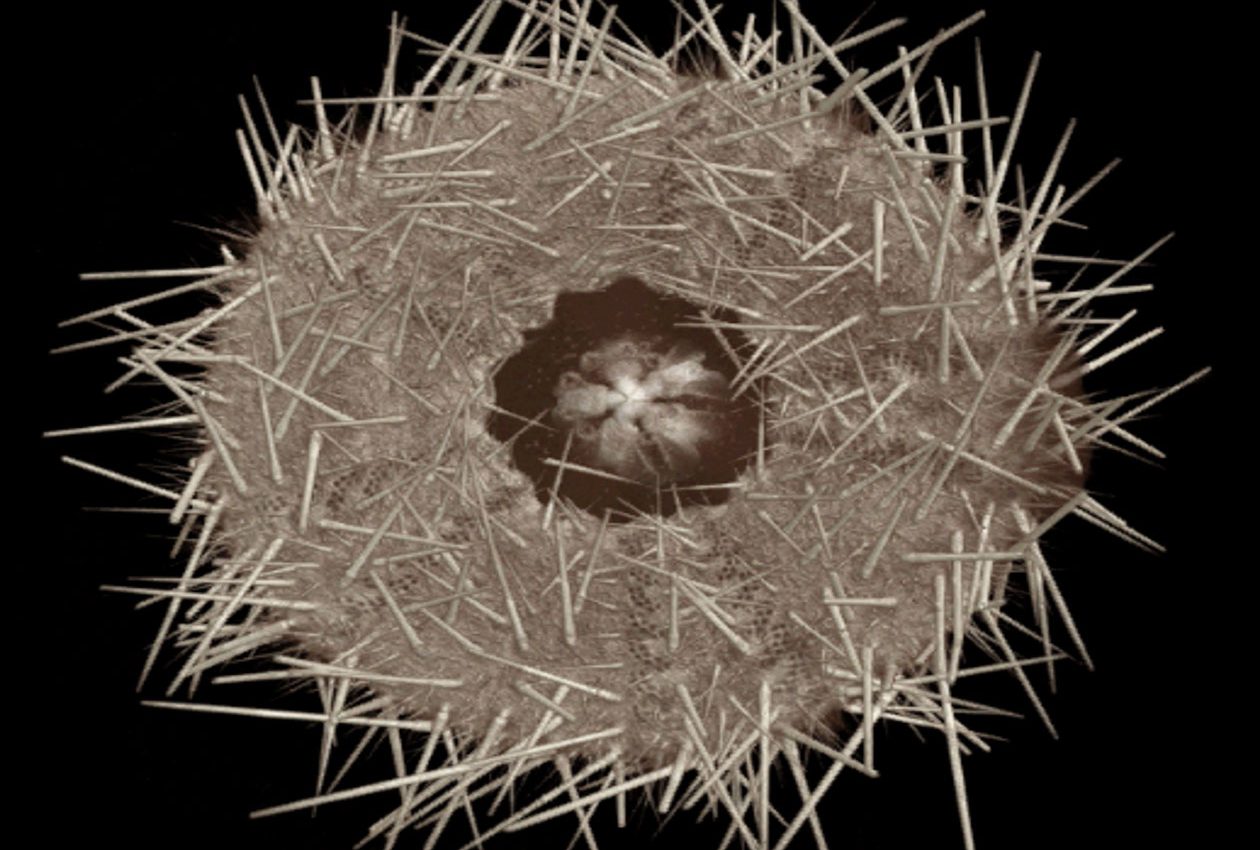
Self-sharpening sea urchin teeth could lead to new material technology
Self-sharpening sea urchin teeth could lead to new material technology. As if sea urchins weren’t pointy enough, a new study published in the journal Matter reveals how the teeth of the pink sea urchin are able to sharpen themselves.
Sea urchins have five teeth, each of which is attached to a separate jaw in a circular arrangement at the center of their bodies.
These teeth are structured so that they chip in a way that allows them to keep their sharp edge rather than wearing down. The researchers compare it to the sharpening of a knife by selectively removing material from the cutting edge.
“The material on the outer layer of the tooth exhibits a complex behavior of plasticity and damage that regulates ‘controlled’ chipping of the tooth to maintain its sharpness,” explains Horacio Espinosa of Northwestern University.
Because the teeth are gradually losing material, they continue to grow throughout an urchin’s life.
In the past, researchers had posited that urchins might have a self-sharpening tooth mechanism. This new study combined sophisticated mechanical testing and electron microscopy to capture 3D movies showing how the urchin’s teeth wear down.
Analysis showed that the teeth are made up of ceramic composites arranged in a specific pattern. On the convex side of the tooth, calcite fibers provide structural integrity. These fibers transition to another composite made of inclined calcite plates on the convex side of the tooth. The calcite plates chip away to maintain sharpness as the tooth wears.
Espinosa’s primary interest is in understanding the behavior of natural and synthetic nanomaterials. He believes these new findings could help inform the design of microstructure and the selection of material constituents in a range of cutting, grinding, and boring applications. It’s possible that this research could lead to new kinds of synthetic materials for use in many different ways.
—
By Connor Ertz, Earth.com Staff Writer
Image Credit: Horacio Espinosa













